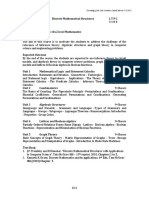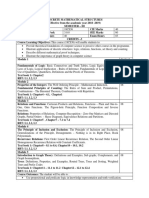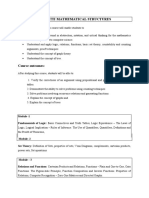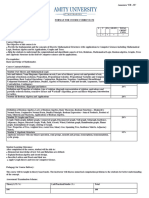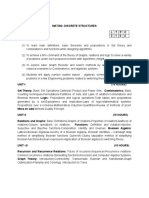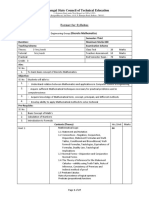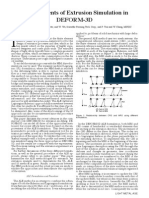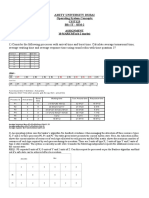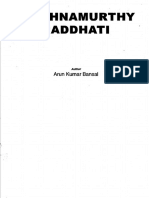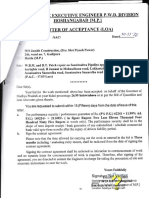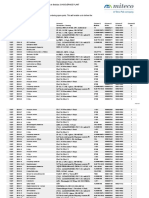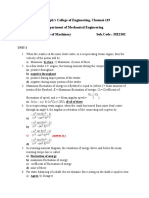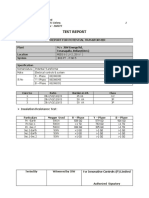0% found this document useful (0 votes)
93 views7 pagesDiscrete Structures for CS Students
This is my
Uploaded by
iiui.student.islamabade.edu.pkCopyright
© © All Rights Reserved
We take content rights seriously. If you suspect this is your content, claim it here.
Available Formats
Download as DOCX, PDF, TXT or read online on Scribd
0% found this document useful (0 votes)
93 views7 pagesDiscrete Structures for CS Students
This is my
Uploaded by
iiui.student.islamabade.edu.pkCopyright
© © All Rights Reserved
We take content rights seriously. If you suspect this is your content, claim it here.
Available Formats
Download as DOCX, PDF, TXT or read online on Scribd
/ 7












